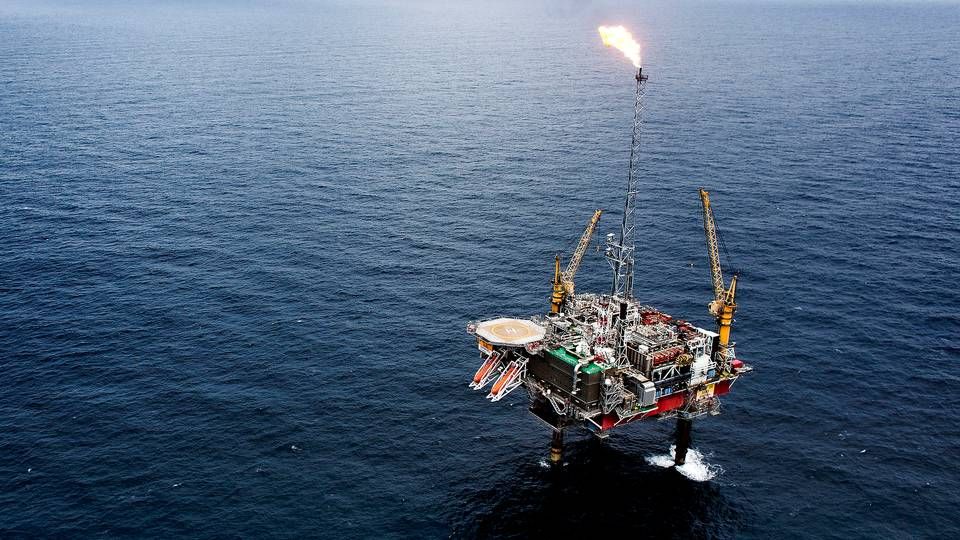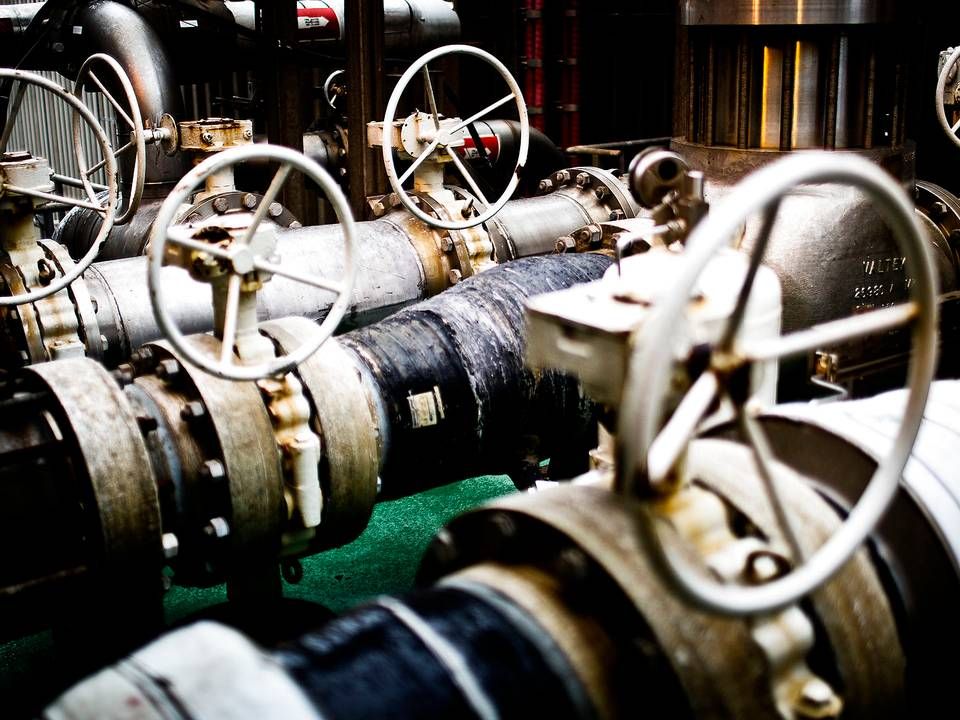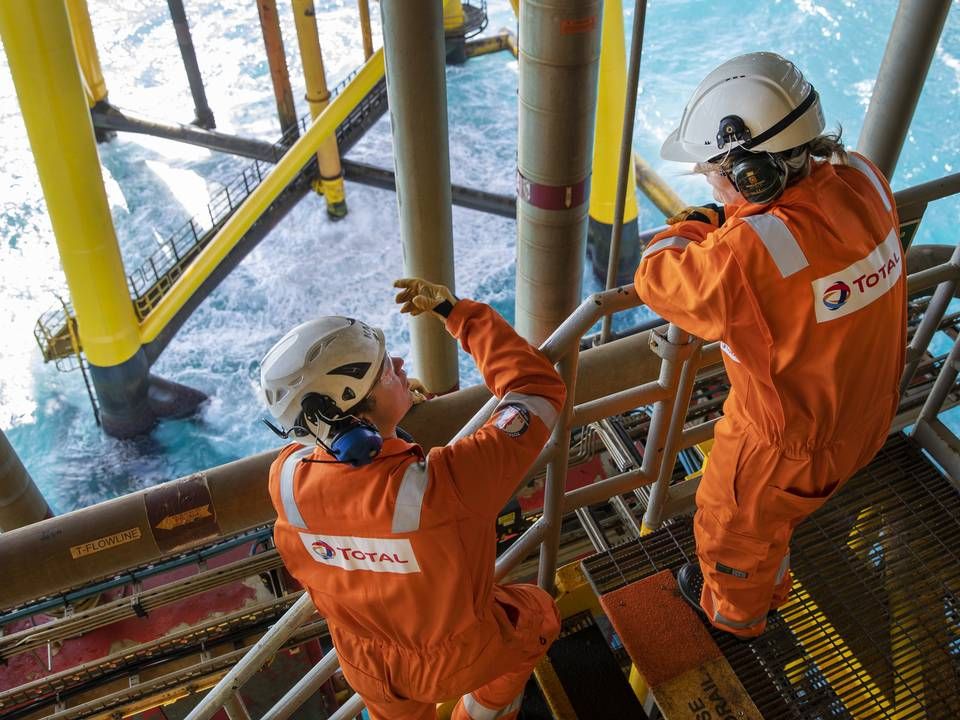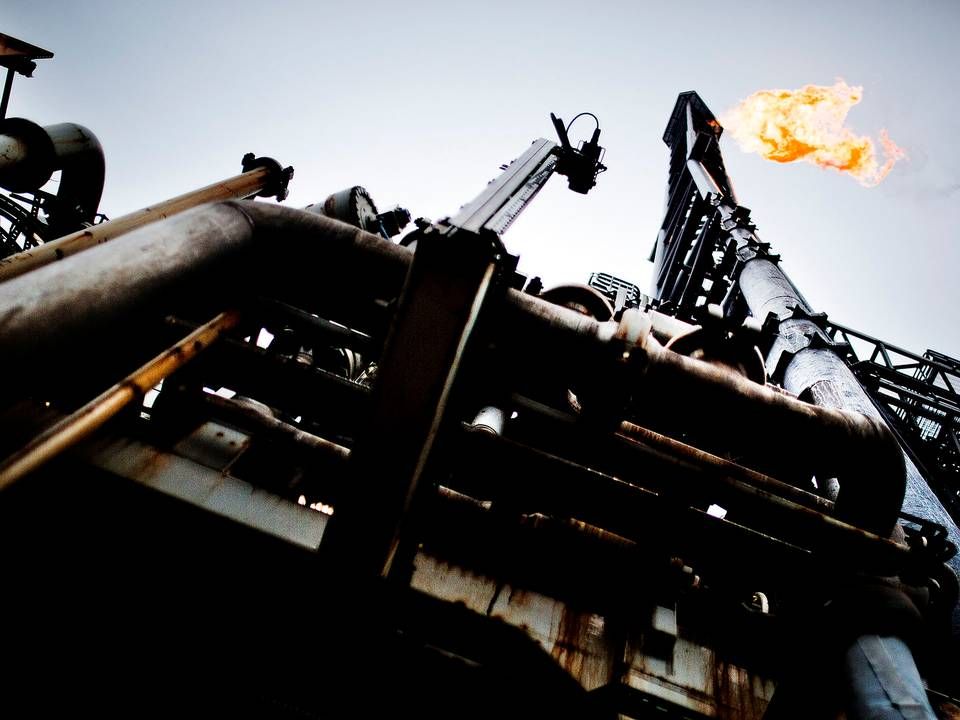Rystad predicts Danish North Sea oil's landmark deficit

Whereas Denmark has reaped large volumes of money throughout many years from its North Sea oil and gas operations, the sector is now projected to become a deficit business for the Danish state.
Norwegian analyst firm Rystad Energy forecasts that North Sea output in 2020 will result in a deficit of USD 333.2 million, shows a report Rystad shared with EnergyWatch.
The projection is based on production figures, oil price fluctuations, the industry' tax payments as well as state investments in oil extraction.
"The reduction we're seeing now is largely tied to a declines in production from Total's Danish assets," says Palzor Shenga, senior analyst at Rystad Energy, referencing the Tyra field's ongoing reestablishment.
Greater optimism at ministry
Rystad's estimate that the Danish state faces a formal deficit from North Sea oil and gas activities is attributable to the state having invested large sums through its stake in the Danish Underground Consortium (DUC) – for instance in Tyra – that can be pushed forward and deducted from future tax revenue.
This is not to to say that the state will actually pay out money this year, but rather that the figure is subtracted from subsequent years' positive income streams, which is why a deficit has accumulated for 2020.
The negative number is mainly attributable to large investment costs in tandem with both output and oil prices having been markedly lower than normal during the period.
However, the Ministry of Finance's optimism is apparently greater than Rystad's, shows a document on the ministry's oil-income expectations that EnergyWatch has seen.
The ministry forecasts an income of DKK 51 million (EUR 6.85 million) in 2020.
"That can be explained by, among other factors, that the government has other expectations of production costs at the various fields. The exact production expenses, how much is produced and at what price, remain unknown. However, OpEx per barrel could be an area where we take a different view of things," Shenga says.
He notes that Rystad gathers data from operators, authorities and its own analysts.
Production uncertainty
Looking ten years ahead, the Norwegian analyst firm is even more explicitly pessimistic relative to the Danish state.
The Ministry of Finance estimates that Denmark will be able to earn up to DKK 43.4 billion from North Sea fossil energy in the years up to 2030. Rystad counts on an income of DKK 16.5 billion during the same interval.
In other words, the finance ministry's projection is 2.7 times higher than Rystad's.
"The ministry is probably optimistic about upcoming projects. There's only one large project in Denmark right now, and that's the reestablishment of the Tyra field. We don't expect to see the most recent discoveries in Danish waters start to operate during the '20s," Shenga says.
Rather, Rystad foresees rising output levels from the early '30s.
According to environmental economist Lars Gårn Hansen, the divide between Danish authorities' assessment and that of Rystad underscores the express uncertainty of Denmark's oil future.
"It illustrates that this is very uncertain. Here we're dealing with a highly reputable and qualified consultancy firm, which has a very different take from that of the Danish state. It clearly shows the difficulty of making predictions on the matter. Much depends on oil prices, and on how quickly investments and tenders can come into play," he tells EnergyWatch.
Activities still absent
Rystad estimates that North Sea earnings will increase in the years following 2022, after by-then modernized field Tyra has commenced production. The analyst firm calculates that this development will peak in 2024 at a level just above DKK 4.6 billion.
After that, things will reverse until, as EnergyWatch has reported, several large projects expectedly commence toward the end of the decade. Among these are an expansion of the Halfdan field and beginning extraction efforts at development project Adda.
"Production will decrease toward the end of the '20s, and the rest of the projects, such as the Halfdan expansion, we don't expect to get started until the end of the '20s; 2028, 2029 or thereafter. Accordingly, we see revenue generally falling until the mid-2020s," Shenga says.
"Normally, you'd say that an asset can only be negative until it starts producing, as much more money is needed than what's seen in revenue. Expansion is needed, as are new well drillings and modifications to existing infrastructure in connection with tie-ins and the like. As such, it will be some expensive years ahead before the new projects are in place," he adds.
However, Danish authorities aim to have the upcoming projects commencing earlier.
In 2028, when the difference between production forecasts is biggest, the Danish Energy Agency expects the country to deliver 103,000 barrels of oil equivalent more per day than what Rystad predicts.
Similar oil price outlook
Examining the parties' expectations for the price of European benchmark oil Brent, both forecasts, curiously enough, predict an average price of USD 65 per barrel over the coming ten years.
In other words, it's not in terms of oil prices that the ministry may be blamed for excessive optimism; which critics have otherwise done previously.
It's simply a case of authorities planning to extract far more oil than Rystad deems possible.
EnergyWatch has tried to get an interview with Danish Finance Minister Nicolai Wammen to no avail.
English Edit: Daniel Frank Christensen & Jonas Sahl Jørgensen
Old Danish oil field holds untapped potential
Total eyes new oil projects in Denmark
Denmark's oil production emits far more CO2 than global average
Related articles
Old Danish oil field holds untapped potential
For subscribers
Total eyes new oil projects in Denmark
For subscribers




















.jpg&w=384&q=75)




